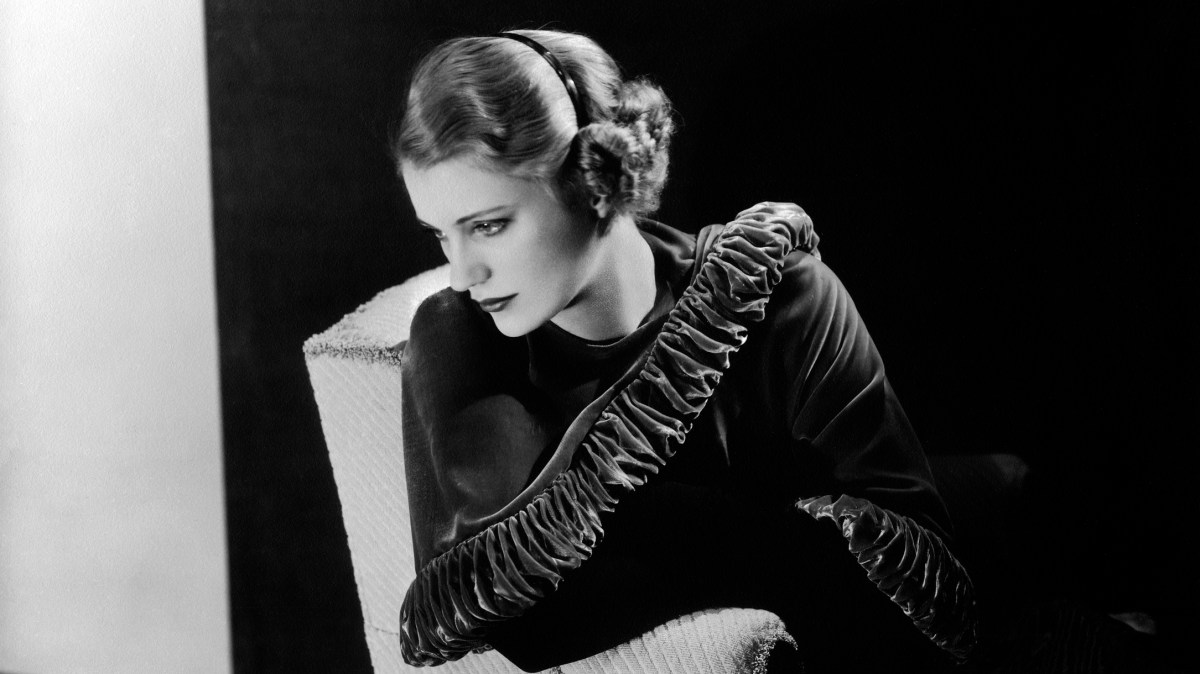A bad-ass: that’s how Ami Bouhassane describes her grandmother. But then her grandmother was the trailblazing photographer Lee Miller, who, as Bouhassane puts it, “never allowed herself to be told that she couldn’t do something, and was always driven and determined to do the things that she wanted to do”.
If Miller’s life story were presented as a fiction you would find it improbable: a tomboy, repeatedly expelled from school, she left her Poughkeepsie home to become a New York fashion model, shot by Cecil Beaton and regularly featuring as a Vogue cover girl. Leaving for Paris, she joined surrealist circles, mixing with people like Picasso (he painted her six times; she photographed him) and becoming the student, muse and lover of the artist Man Ray. During the Second World War, she was accredited as a war correspondent and found herself on the front line documenting the Battle of Saint-Malo. She was there at the liberation of Dachau, and posed for a picture in Hitler’s bathtub.
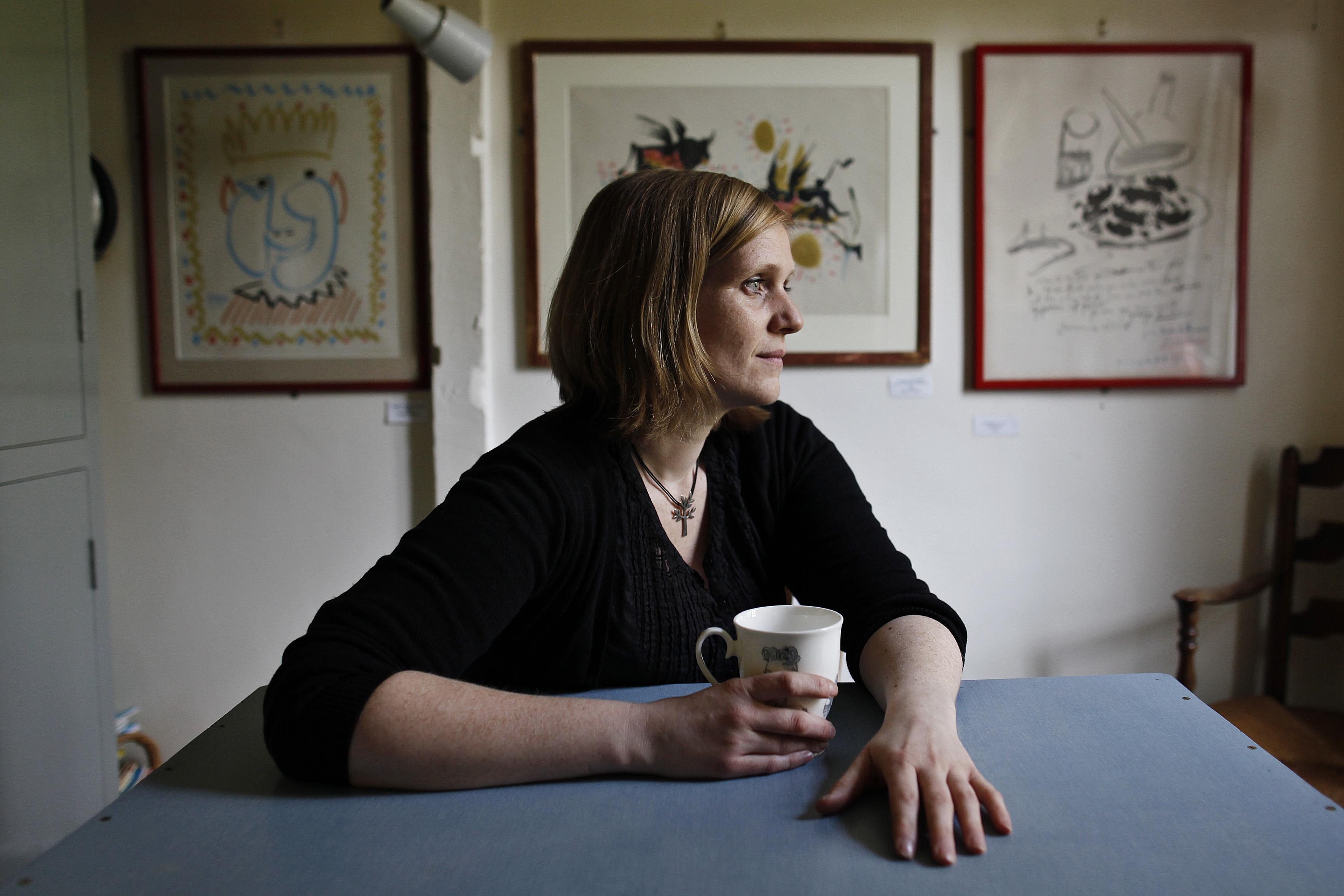
Ami Bouhassane in the kitchen of Farleys House in Sussex, with paintings by Picasso and Miro
RII SCHROER FOR THE TIMES
After the war, she was fêted in London. “Who else can swing from the Siegfried Line one week to the new hip line the next?” asked one editor. But, suffering from post-traumatic stress, Miller turned increasingly to drink. Her only child, Antony — Bouhassane’s father — was born when she was 40. With her second husband, the art historian Roland Penrose, she settled on a Sussex farm where, over the years, they hosted guests including Man Ray, Joan Miró, Max Ernst and Eduardo Paolozzi. But by the time she died from pancreatic cancer, aged 70, in 1977, she was better known as a gourmet cook than a photographer.
This is the story that Tate Britain will trace in the most extensive retrospective of Miller’s photography to be staged in this country. Bouhassane has worked closely with the curators and is also a co-director of Miller’s former home, Farleys House in Sussex, which is now a gallery. “I was a baby when she died,” she says of her grandmother, “but we have several pictures of her holding me. And I know she was happy because she wrote excitedly to her friends, and even to her first husband, to tell them about me.”
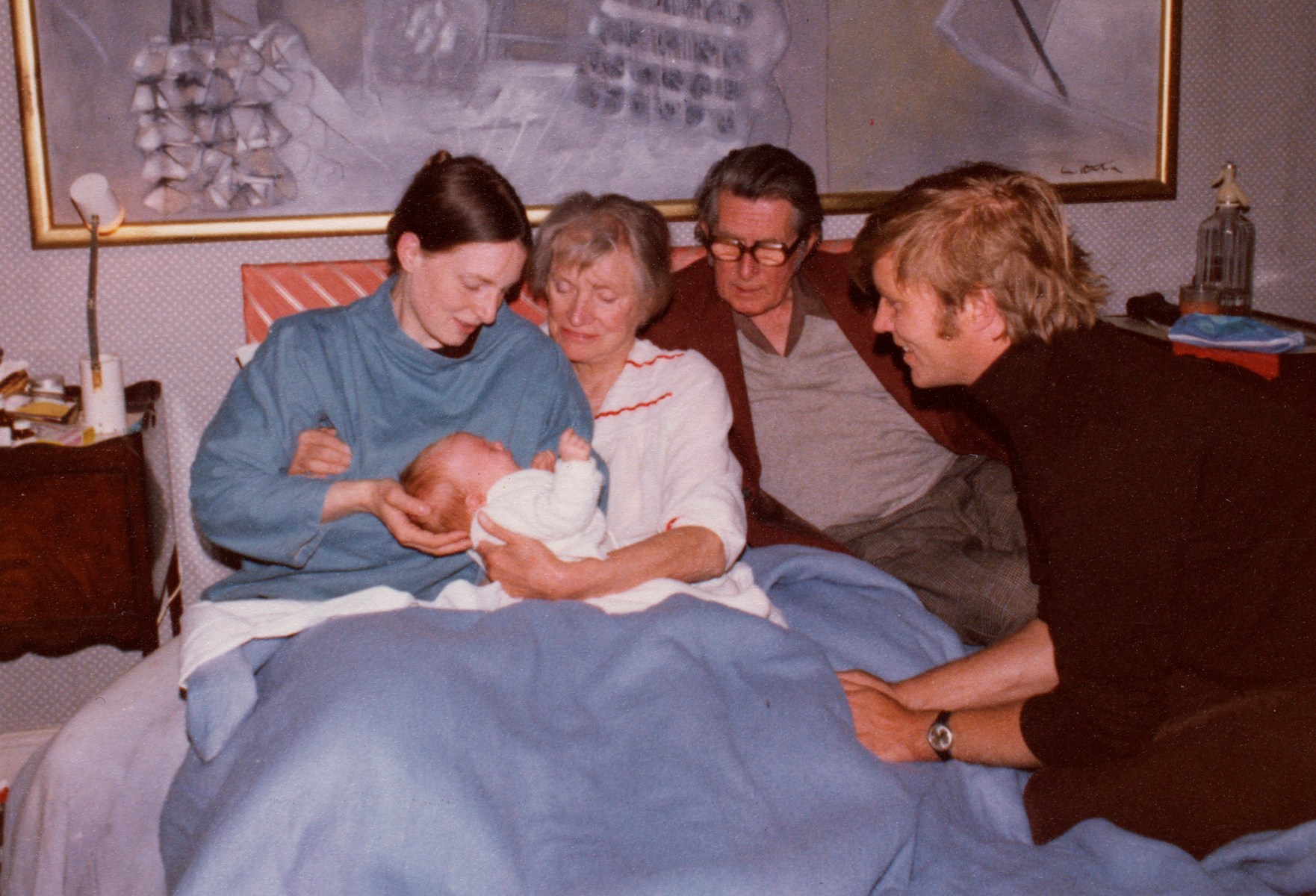
Bouhassane as a baby with, left to right, Suzanna Penrose, Lee Miller, Roland Penrose and Antony Penrose
ANTONY PENROSE, ENGLAND 2013
Her legacy loomed large in the family. “As a child I just thought of my grandmother as a hopeless drunk. It’s what my father told me. She suffered from PTSD and in those days people didn’t understand. You just put up and shut up and, if you couldn’t deal with it, you drank whisky. My father grew up with that in his face.”
• How Kate Winslet taught me to love my mother, Lee Miller, for the first time
But attitudes have changed since. It was only after her death that Antony Penrose discovered his mother’s boxes of photographs and writings, and came to understand that his volatile mother had been a heroic photojournalist too. He also discovered that she had been raped at the age of seven and as a result contracted gonorrhoea — an infection that, in the days before penicillin, would have been treated with daily douches and weekly inoculations. “Suddenly everything that I knew about her was understandable,” he said. “It all fell into place.” Bouhassanne, too, is now “incredibly proud” of Miller.
“Since I was tiny I have been taken to Lee Miller exhibitions,” she says. She remembers noticing how the adults would stare at the photograph Portrait of Space, taken when Miller, married to her first husband, an Egyptian businessman, roamed the deserts of Egypt. “I thought it was the moon you could see through that gap in the curtain,” she says. “Given all the things that my gran had done, it didn’t seem unlikely that she had gone to space too.”
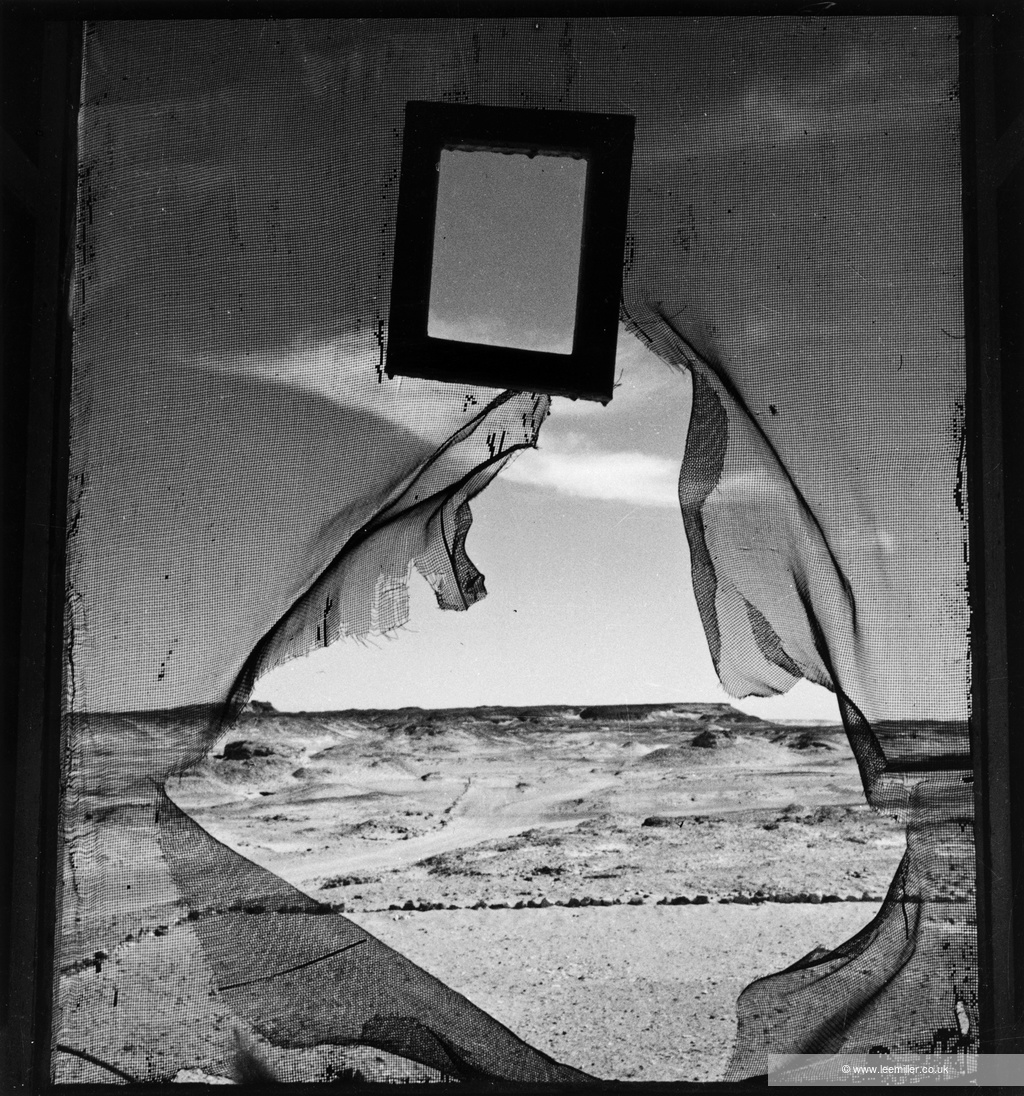
Portrait of Space, Al Bulyaweb, near Siwa, Egypt, 1937
LEE MILLER ARCHIVES, ENGLAND 2025
It was through Miller’s writing, however, that she felt she really got to know her. “It’s so raw. When you read the full, unedited manuscript of [her account of] the Siege of Saint-Malo — it’s 26 pages, though in Vogue it was cut down to just two — you really feel that you are with her, standing right by her shoulder. She carries you along.”
For instance, Miller vividly describes a collaborator who, after the surrender of the Germans at Saint-Malo, was handed in to the authorities: “The woman and her three children were brought into the warden’s office and her portfolio of papers was put on the desk. Two of the little girls were dressed in blue velvet coats with white bunny collars, and the third was a toddler. The papers contained receipts for salary from the German Todt organisation where she had held a secretarial position. Identity cards and ration books … and letters signed Heil Hitler, all swastika-ed. There were some pornographic photographs which, for some strange reason, she clung to … We parked her back in her cell. She made a pretty pose with her children when I wanted to photograph her. The kids ate some coloured Life Savers without tasting them, their big sullen eyes glued to me. They were neither timid nor tough, but gloomy, and I felt like vomiting.”
Photographs of Miller as child show her beside her two brothers. “You would think they were three little boys: she’s got short hair and overalls and they are making go-carts together, or testing out some machine that their engineer father had made, or climbing lamp-posts. My grandmother was brought up to know that she could be equal to her brothers. But she was trapped in a beautiful body.”
Bouhassane sees the supermodel looks which brought her grandmother her first success (until Miller was blacklisted by the fashion world after appearing in a Kotex sanitary ad, at a time when gynaecological functions were taboo) as “a curse”. “It was hard to be taken seriously as an artist in an era when women were meant to be only muses. How could you be beautiful and intelligent?”
Miller went to Paris because, as she said, “I would rather take a photograph than be one.” She learnt her technical skills at the side of her lover, Man Ray. He was actually more interested in painting, Bouhassane says; Miller took a lot of the pictures that we now think of as his, so that he could get back to his easel. “He got the commissions, so they were published under his name. But it was Miller who took his photographs. And they both shared the money.”
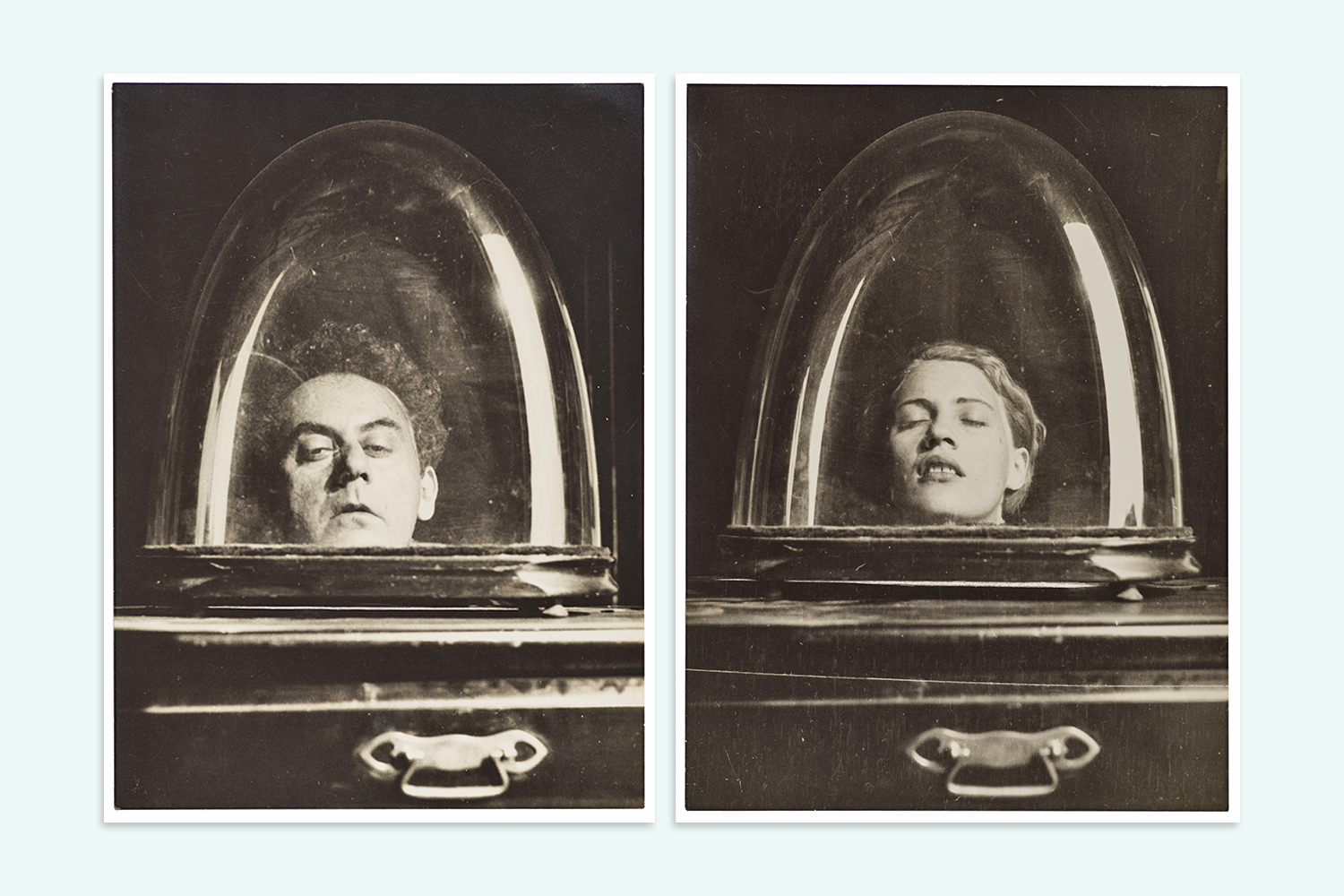
Man Ray with Lee Miller, Hommage à DAF de Sade, 1929-30
MAN RAY 2015 TRUST/DACS, LONDON 2025
It was thanks to Miller, too, that Man Ray’s signature “solarisation” technique was invented. This involves exposing a photographic print to light during development, creating a halo-like outline around the form. Man Ray adopted it as a means “to escape banality”, but it was Miller who discovered it, albeit not deliberately. A rat ran over her foot in the darkroom and, turning on the light, she exposed the film. It proved a lucky accident.
“But it’s a myth that she was just lucky,” Bouhassane says. “Sometimes she attributed things to luck because it was easier than admitting that as a woman you were ambitious or that you were networking. But she made her own luck. She was amazingly prolific and absolutely determined.”
• The best exhibitions in London and the UK
Legend has it that Miller moved back to New York because, as a believer in the surrealist principles of free love, she was finding Man Ray too possessive. “But she did not leave on a whim. It was planned,” Bouhassane says. “A lot of early female photographers began as wealthy hobbyists. But my grandmother had no money — she had to put the groundwork in. It’s been a revelation how many press clippings we have found promoting her studio, presenting her story in a way that would appeal to rich clients. She even got financial backing at one point and issued shares in her studio. We recently found the certificates.”
This spirit of inventive persistence underpinned her career as a war reporter. Miller was one of only a handful of accredited female war correspondents in the 1940s, at a time when, as she put it, “women war photographers had to fight on two fronts: the bombs and the men”. The Tate exhibition will feature several of her works from Blitz-torn London, harrowing scenes from the frontline, the liberation of Paris and Hitler’s bathroom in which Miller’s boots, still encrusted with mud from Dachau, stand beside the tub.
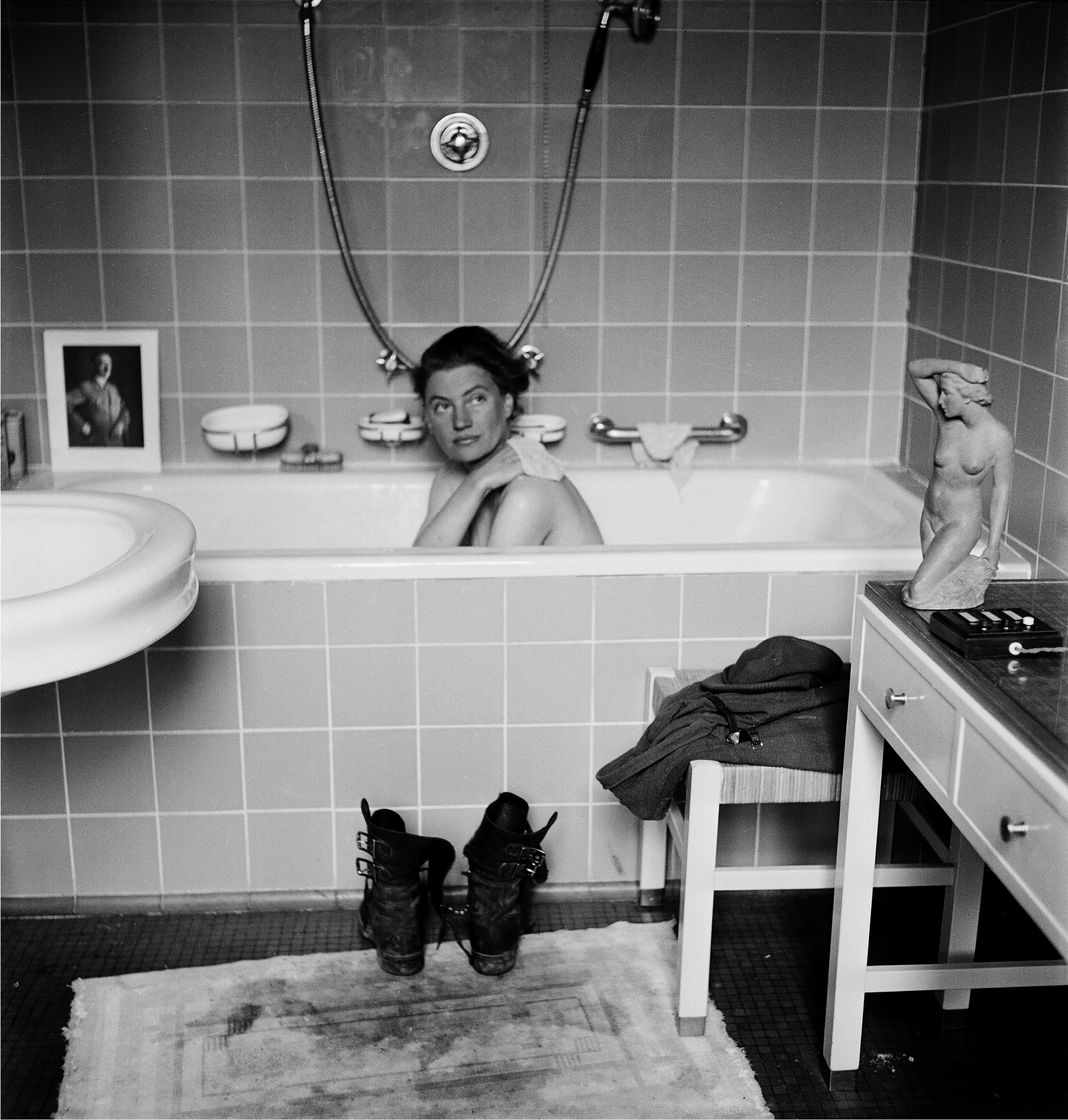
Miller in Hitler’s bathtub, 1945
DAVID E SCHERMAN © LEE MILLER ARCHIVES, ENGLAND 2025
Her surrealist lens gave her images their particularly eye-catching force. “She totally got the surrealist idea of making the ordinary into the marvellous,” Bouhassane says. You can see it even in her wartime images, she suggests: a bombed chapel with bricks tumbling out of its door like a tongue from a mouth; a boot spewing a belt of bullets like a spine.
But as Miller followed the German retreat, any spirit of playfulness no longer felt apt. She recorded the horrors she saw: a Nazi officer and his family who had killed themselves; a drowned SS prison guard; the emaciated survivors of concentration camps and skeletal heaps of the dead. “I IMPLORE YOU TO BELIEVE THIS IS TRUE,” she wired to Vogue.
When she returned, “people who knew or had heard of the fabulous beauty of Lee Miller were staggered by the red-eyed, haggard apparition that confronted them,” Antony Penrose writes in his biography, The Lives of Lee Miller. “Whenever she tried to do anything intricate her hands shook with exhaustion.” But she suppressed her memories, and never spoke of them in later years.
Did what she had witnessed destroy her faith in humanity? One of her greatest gifts, Bouhassane says, was her ability “to understand that people are all different and so not to judge them. She used to lend her clothes to her older brother John [an eminent pilot], who liked to cross-dress. It’s thanks to him that we still have a lot of the clothes from her time as a model. He took such good care of them.”
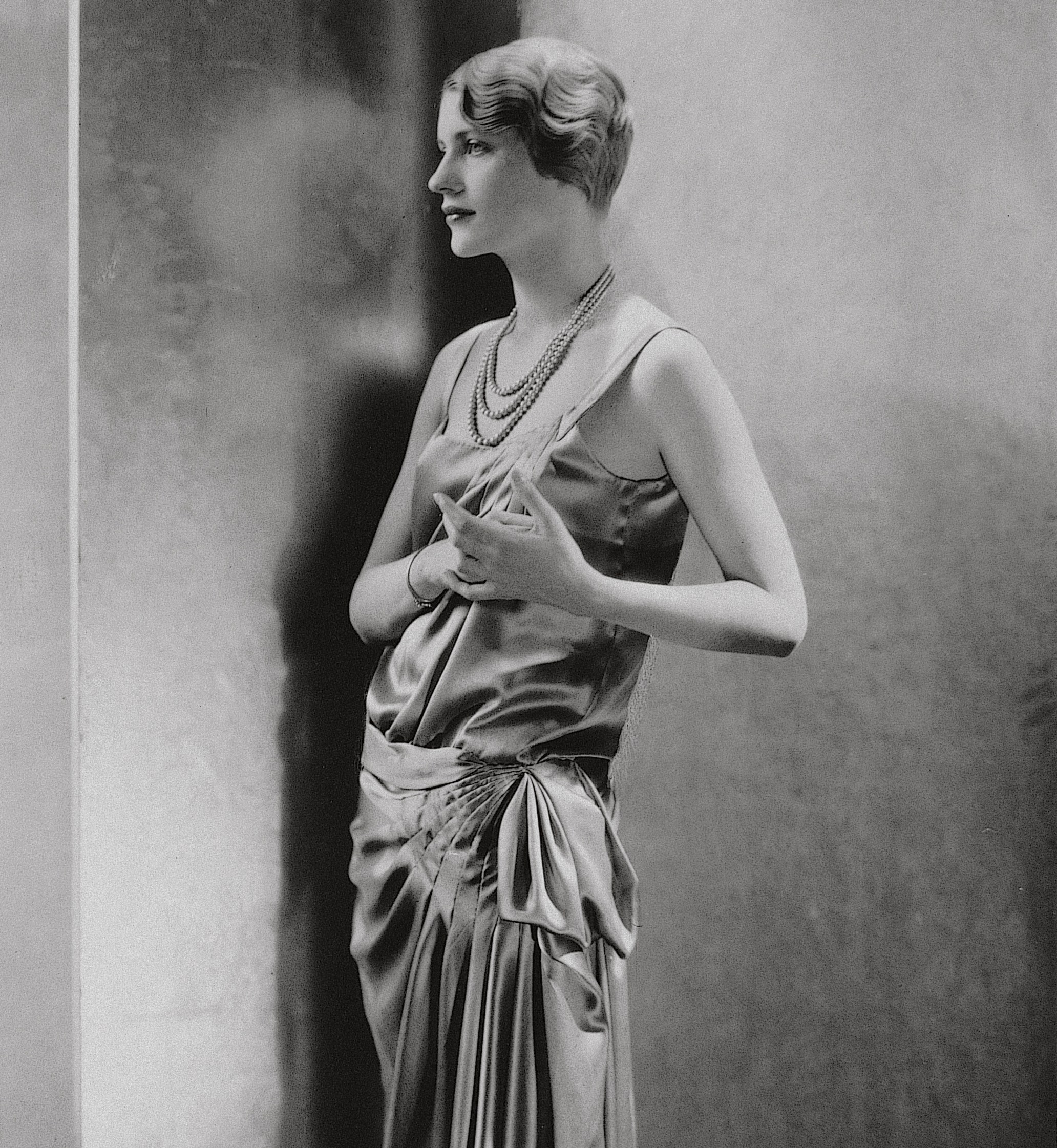
Edward Steichen’s 1928 portrait of Miller
THE ESTATE OF EDWARD STEICHEN ARS, NY AND DACS, LONDON 2025
Miller photographed gay couples at a time when homosexuality was illegal. And when she was commissioned to photograph the cast of an opera in which all the singers were black, unlike other invited photographers she didn’t shoot them in costume. She invited them to the studio like any other sitter. Several of those singers went on to have distinguished careers, apparently, but Miller’s portraits are often the only ones in existence.
• Read more art reviews, guides and interviews
Miller remained inventive to the end, Bouhassane says — “consistently, constantly creative and curious”. For her 50th birthday she gave herself the present of a Cordon Bleu cookery course. It was the beginning of her cooking era, “some of it delicious, some of it very strange. When she discovered edible gold leaf, she covered an entire roast chicken with it.”
Miller once wrote: “I keep saying to everyone, ‘I didn’t waste a minute all my life’ — but I know myself, now, that if I had it over again, I’d be even more free with my ideas, with my body and my affection.” This Tate Britain retrospective offers her that opportunity, bringing her to life again. “I think, if she wanted anything of it,” Bouhassane says, “it would be that people should come out inspired.”
Lee Miller is at Tate Britain from Oct 2 to Feb 15, tate.org.uk. To see more images visit leemiller.co.uk

